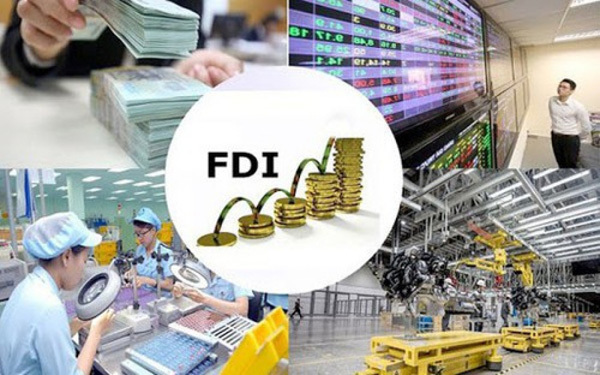 |
According to Michael Kokalari, chief economist of VinaCapital, FDI inflows will continue to be poured strongly into the nation over the coming year, particularly as travel restrictions are eased. This will contribute to creating favourable conditions for businesses leaders from Japan and the RoK to come to the country.
In line with this, the nation’s ability to recover FDI flows comes from three main factors, he said.
Firstly, according to a survey conducted by the Japan Trade Promotion Organization (JETRO) and some other organisations, the wages of Vietnamese workers are roughly two thirds lower than those of China, although the overall quality of labour is equivalent to that of China’s.
Secondly, the nation is geographically located close to Asia's supply chains, especially in the high-tech industry.
Thirdly, both Japan and the RoK are currently facing structural problems, thereby forcing their firms into overseas investment, meaning Vietnam is being increasingly considered as an attractive investment destination for businesses of the two countries.
Both Japan and the RoK are in "permanent stagnation" in terms of their economy, mainly due to their shrinking population.
Furthermore, the Japanese population will not improve in the near future, therefore, their companies will continue to invest abroad for many years to come.
According to the results of a survey carried out by Japanese investors published by Deloitte in 2021, the strong inflow of “structured” investment from this market into Vietnam each year reflects the fact that the Japanese have to invest abroad. As a result of this, the Vietnamese market is widely viewed as the most attractive country for Japanese firms to invest in.
Moreover, the RoK’s population problem is more serious than that of Japan, meaning that investment capital from the RoK will certainly continue to flow into the nation in the near future.
Most notably, the RoK has the lowest birth rate in the world and its population currently aging at a faster rate than that of Japan.
Along with these three factors, the increasing number of multinational companies seeking to diversify their production activities outside of China also contributes to increasing the investment attraction of the Vietnamese market.
At present, operating conditions of FDI companies based in China are becoming more difficult for a variety of reasons, including the fact that they are the only major country in the world to continue pursuing a "Zero COVID" strategy.
China's recent power shortage is therefore likely to get worse in the future due to severe water shortages impacting power generation in the south. Overall, these issues explain why FDI inflows into Vietnam have remained stable over the past two years.
These factors will also serve to promote greater FDI inflows in the year ahead. Accordingly, there were there main highlights in 2021 that will also support capital flows for this year.
Firstly, the US Department of the Treasury and the State Bank of Vietnam reached an agreement to eliminate the risk of the nation being labeled as a "currency manipulator" in the future, thereby helping multinational firms to be more confident when investing in the country.
Next, the Vietnamese COVID-19 vaccination campaign has been carried out at a rapid pace, giving foreign companies greater confidence in the Government’s commitment to maintain a cautious balance between ensuring public health and economic development. This goes with the strategy of "living with the SARS CoV-2 virus" that has been pursued since October, 2021.
Finally the announcement of LEGO Group's investment of US$1 billion to build one of the company's largest factories in the nation will serve to stimulate more FDI inflows in the future.
Source: VOV

Vietnam’s FDI attraction surpasses 31 bln USD in 2021
The total new, adjusted capital and share purchases by foreign investors reached 31.15 billion USD as of December 20, up 9.2 percent annually, reported the Foreign Investment Agency (FIA).